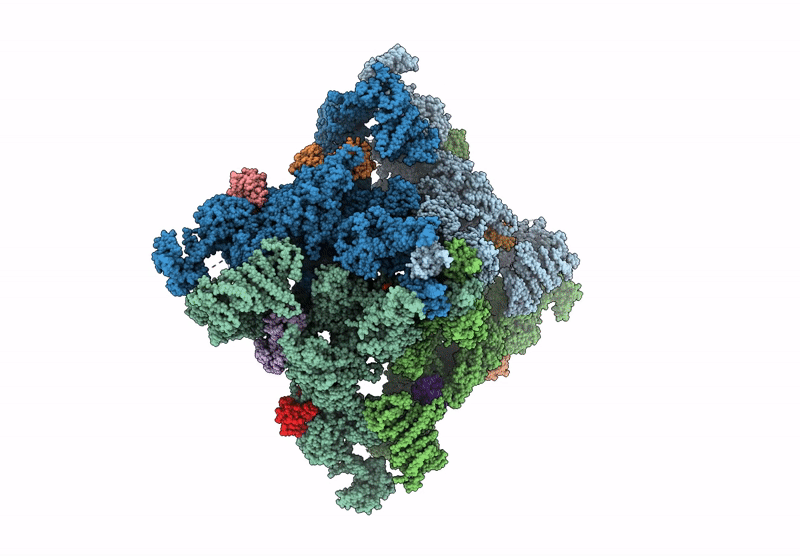
Deposition Date
2023-12-26
Release Date
2024-10-30
Last Version Date
2024-10-30
Entry Detail
Biological Source:
Source Organism:
Oryctolagus cuniculus (Taxon ID: 9986)
Homo sapiens (Taxon ID: 9606)
Homo sapiens (Taxon ID: 9606)
Host Organism:
Method Details:
Experimental Method:
Resolution:
3.62 Å
Aggregation State:
PARTICLE
Reconstruction Method:
SINGLE PARTICLE


